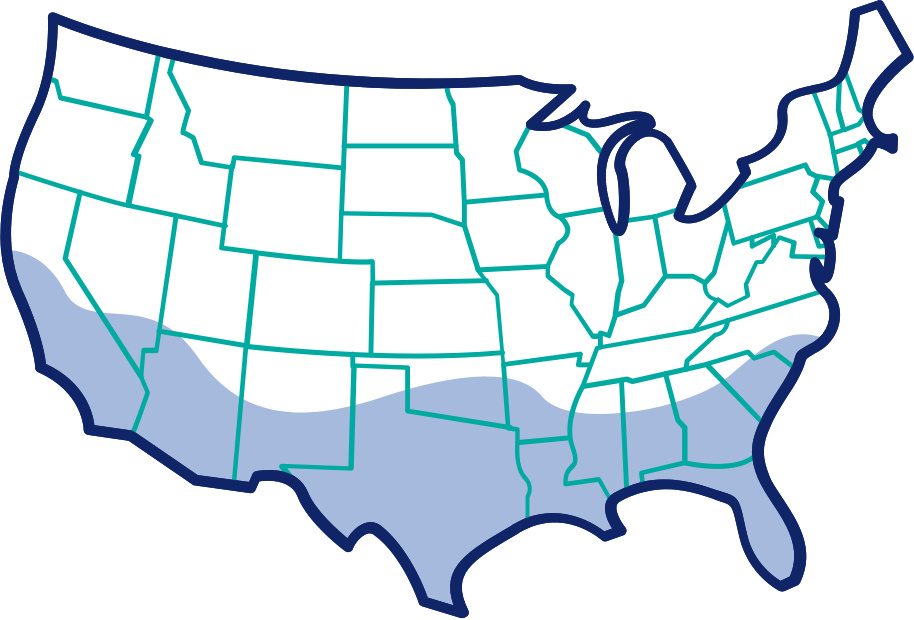What is Chagas disease?

Chagas (pronounced ˈshä-gəs) disease is an infection caused by a small parasite called Trypanosoma cruzi, which is transmitted to humans by insects called triatomines, commonly referred to as “kissing bugs.”
Although it is found mostly throughout Latin America, Chagas disease is also a health concern in the United States, where it affects an estimated 300,000 people.

How does Chagas disease spread?
It is most often spread to people by kissing bugs.
Chagas disease can also be spread:
- From pregnant mothers to their unborn children
- Through organ transplantation or blood transfusion
- By eating contaminated food
Who is at risk of Chagas disease?
People who have kissing bugs in their environment may be at risk.
Babies whose mothers had the infection while pregnant are also at risk of Chagas disease and should be tested after birth.
What are the symptoms of Chagas disease?
Many people have no symptoms or only mild flu-like symptoms after being bitten and may not realize they are infected.
Some symptoms that may appear soon after being infected (the acute phase) include:

Fever

Body aches

Tiredness

Swelling around the site of the bug bite
These symptoms may last from a few weeks up to 3 months.
After the acute phase, the infection can sometimes last for years. Long-term infection may lead to heart or gastrointestinal (GI) problems that may become serious over time.
The risk of serious complications is higher in people with immune disorders, such as human immunodeficiency virus (HIV), or in those who have received an organ transplant.

Do babies have symptoms?
Babies who become infected by their mothers during pregnancy can have symptoms, which can sometimes be serious. However, it can be hard to tell if these symptoms are caused by Chagas disease, so blood tests should be done.

How is Chagas disease diagnosed?
Chagas disease can be diagnosed from a blood test.

How is it treated?
Chagas disease is caused by the parasite Trypanosoma cruzi, and it is treated by taking an antiparasitic medicine. Only 2 of these medicines are available in the world to treat the infection.
LAMPIT is the only FDA-approved treatment for Chagas disease caused by the parasite Trypanosoma cruzi for children of all ages, from birth to younger than 18 years, who weigh at least 5.5 pounds (2.5 kg).



